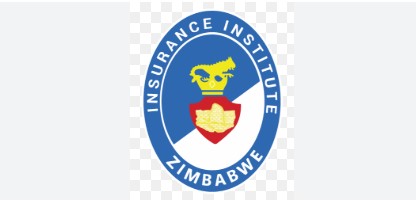Cash shortages leading to artificial claims inflation of 40%
HARARE, During the first quarter of 2017, Reinsurers reported a negative growth of 23% largely due to declining business written which was at $1.12 mln compared to $1.44 mln same period in 2016.
According to, IPEC’s Life Assurance report for the quarter the decline was attributed to the continued predominance of non-risk products in the industry namely investment business, retirement annuity policy and also low uptake of policy at risk.
Meanwhile, a director with Grand Reinsurance, Tatenda Katoma in a presentation at the 2017 Insurance Institute of Zimbabwe winter school explores some the general challenges affecting reinsurers.
CLAIMS INFLATION
>Current cash shortages have led to an artificial claims inflation of 40%, which is being applied on the hard cash cost of goods.
CHANGING REGULATORY LANDSCAPE
>Upward review of minimum capital requirement i.e. stringent solvency requirement.
>Reinsurance – an alternative source of cost-effective capital.
ADVERSE SELECTION
>Cedants no longer ceding portfolios
> Reinsurers only exposed to peak risks without necessary pooling of risks and premiums.
LIQUIDITY AND CASH PROBLEMS
>General cash shortages
>Delay in premium remittance – which undermines investment returns for the reinsurer
CLAIMS PROCESS
Cedant expectations – timely payment
Reinsurer’s role –
1.technical guidance and payment (no re-underwriting during claim negotiation)
2.risk improvement areas for the future
Problems faced :
>lack of trust – cedant/broker overprotects client in order to retain business.
>No cooperation and overstepping of mandate at claim negotiation.
CAPITAL LEVELS AND RETENTIONS
>Insurer demand for reinsurance slows as Capital Increases
UNDERWRITING CHALLENGES
>Underwriters should work as specialists for a particular line or lines of insurance. There is limited specialisation.
>Despite the growing buzz on big data, there is still restricted use of data analytics in the industry’s underwriting process.
>Data/statistics are not readily available – industry needs to improve IT administration systems.
A disconnect between pricing approach and (generous) policy wordings.
As at 31 March 2017 Baobab Re and FML Re controlled 85% of the total premium income at $686 000 and $270 000 respectively with Baobab Re having a market share of 61% while FM Re had 24%.
During the period there were four (4) life reinsurers namely Baobab Re, Grand Re, FBC Re and FM Re with Grande Re and FBC Re accounting for 6% and 9% of share of the market in that order.







